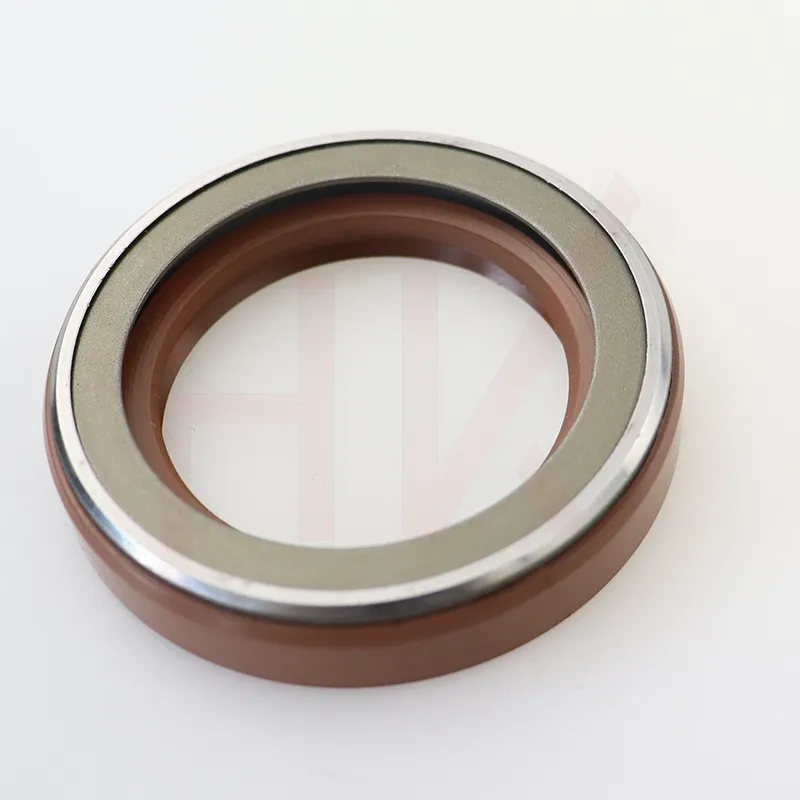Dec . 10, 2024 04:06 Back to list
Understanding the Function and Importance of Oil Wiper Rings in Engine Performance
Understanding Oil Wiper Rings A Key Component in Engine Performance
Oil wiper rings, often overlooked in discussions about engine components, play a crucial role in the performance and efficiency of internal combustion engines. These rings are vital for controlling oil consumption and preventing oil from entering the combustion chamber, which can lead to various performance issues, increased emissions, and engine wear. This article explores the function, types, and importance of oil wiper rings in ensuring optimal engine operation.
What are Oil Wiper Rings?
Oil wiper rings, also known as oil control rings, are a type of piston ring situated in the lower part of the piston assembly. They are specifically designed to manage the flow of oil on the cylinder walls, scraping excessive oil back into the crankcase while allowing a thin layer of oil to remain for lubrication. This balance is essential for maintaining proper lubrication while minimizing oil consumption during the combustion process.
Functions of Oil Wiper Rings
1. Controlling Oil Consumption One of the primary functions of oil wiper rings is to control the amount of oil that reaches the combustion chamber. By scraping excess oil off the cylinder walls and returning it to the crankcase, these rings prevent the engine from burning too much oil, which can lead to increased emissions and reduced fuel efficiency.
2. Maintaining Engine Lubrication Oil wiper rings ensure that an optimal amount of oil coats the engine components, reducing friction and wear. Adequate lubrication is critical for the longevity of the engine and its components, preventing premature failures and costly repairs.
3. Reducing Emissions Engines that consume excessive oil can produce higher levels of harmful emissions. By effectively managing oil flow, oil wiper rings contribute to lower emissions, helping vehicles meet environmental regulations.
4. Preventing Oil Fouling If too much oil enters the combustion chamber, it can lead to oil fouling of spark plugs and combustion surfaces, resulting in poor engine performance, misfires, and increased maintenance needs. Oil wiper rings play a significant role in preventing this issue.
oil wiper ring

Types of Oil Wiper Rings
Oil wiper rings are available in various designs, depending on the engine configuration and manufacturer. The two most common types are
1. Cast Iron Rings Durable and heat-resistant, cast iron rings are often used in standard engines. They provide a good balance of wear resistance and flexibility, making them suitable for various applications.
2. Chromed or Coated Rings For high-performance or turbocharged engines, oil wiper rings might be coated with materials like chrome or various polymers to enhance their durability and reduce friction. These coatings can help improve performance and reduce wear over time.
Importance of Proper Maintenance
While oil wiper rings are designed to withstand rigorous conditions, they can wear out over time due to factors such as high engine temperatures, poor lubrication, and contamination. Regular maintenance, including oil changes and inspections, is crucial for ensuring the longevity and effectiveness of these rings. Signs of worn oil wiper rings include increased oil consumption, poor engine performance, and the presence of blue smoke from the exhaust.
Conclusion
Oil wiper rings are a small but vital component of an engine's overall performance. By controlling oil consumption, maintaining lubrication, and reducing emissions, these rings significantly contribute to the efficiency and durability of internal combustion engines. For car owners and mechanics alike, understanding the role and importance of oil wiper rings can lead to more informed maintenance practices and better engine performance. Regular checks and timely replacements can prevent costly repairs, ensuring that the engine runs smoothly and efficiently for years to come. Ultimately, the small investment in maintaining oil wiper rings can yield substantial benefits in terms of performance, longevity, and environmental impact.
-
TCN Oil Seal Metal Ring Reinforcement for Heavy Machinery
NewsJul.25,2025
-
Rotary Lip Seal Spring-Loaded Design for High-Speed Applications
NewsJul.25,2025
-
Hydraulic Cylinder Seals Polyurethane Material for High-Impact Jobs
NewsJul.25,2025
-
High Pressure Oil Seal Polyurethane Coating Wear Resistance
NewsJul.25,2025
-
Dust Proof Seal Double Lip Design for Construction Equipment
NewsJul.25,2025
-
Hub Seal Polyurethane Wear Resistance in Agricultural Vehicles
NewsJul.25,2025
-
The Trans-formative Journey of Wheel Hub Oil Seals
NewsJun.06,2025
Products categories
















